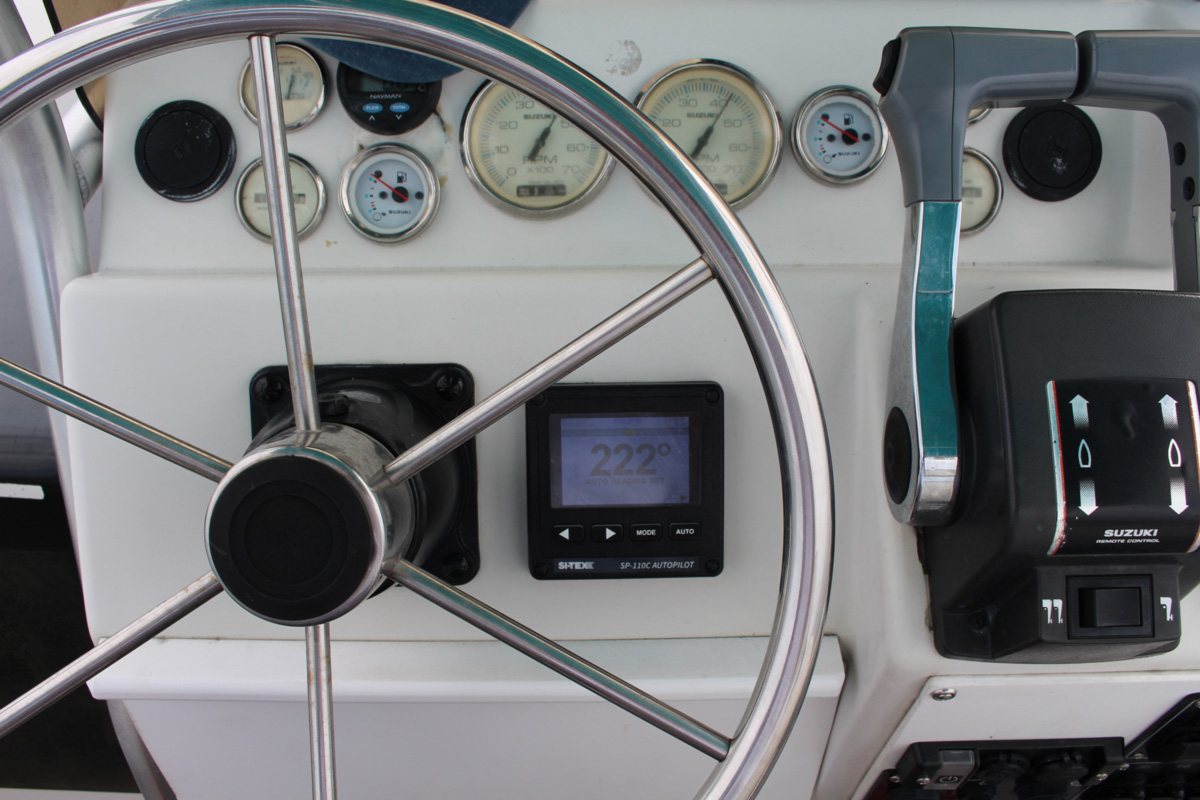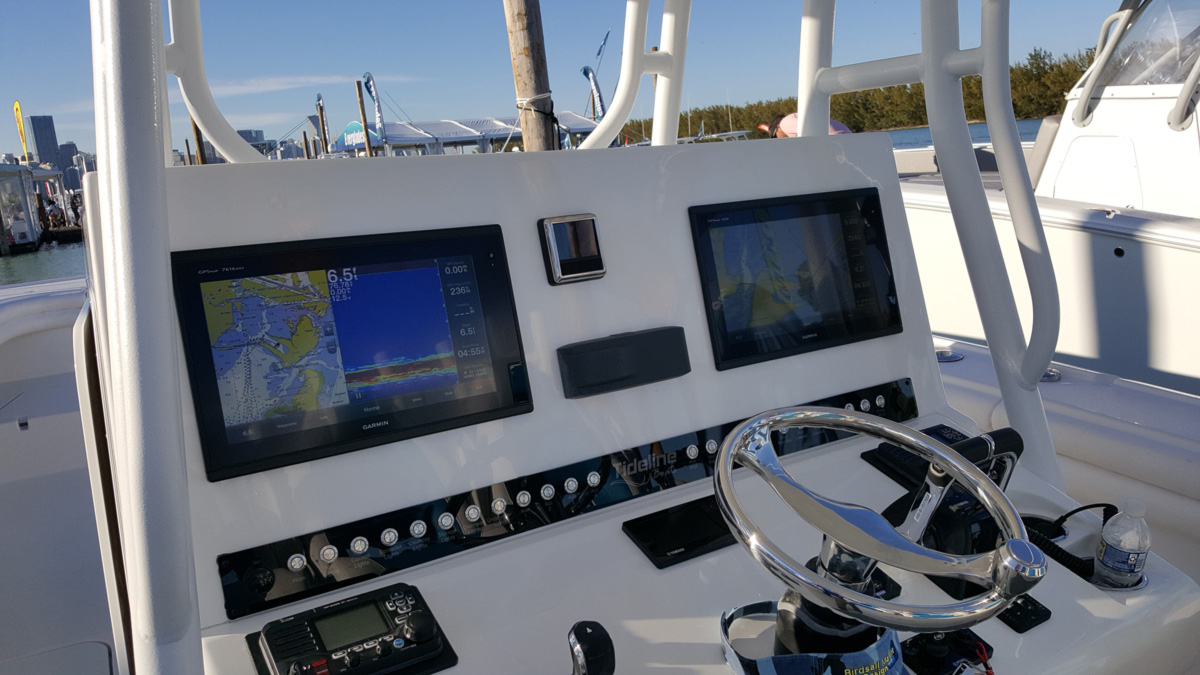Should you get Digital Controls?
By Lenny Rudow
Common sense tells us that having digital controls at the helm is a natural progression — virtually every type of system has been digitized in our modern age. But many boaters are hesitant to make the switch. We mariners are traditional types and many of us are suspicious about turning over control of our boats to the digital world. There are some valid concerns here: For starters, digital controls cost more than mechanicals do; they can be so smooth that you might apply power prematurely; one little digital gremlin can ruin your day and; when you do have problems with a digital system it’s often impossible to troubleshoot and fix yourself.
All of that said, it’s undeniable that digital control systems have several huge advantages over those old shifters and cables: Shifting and moving the throttles is much smoother; you can make micro-adjustments in engine rpm (particularly useful for anglers who want to fine-tuning trolling speeds); reliability and longevity get a boost; and grinding gears by shifting partially or too slowly is eliminated. On top of all that, digital controls allow for joystick integration, which many modern boaters enjoy for easier dockside handling and perks like GPS-enabled station-keeping. So… should you go the digital route?
As far as cost goes, if it’s a make-or-break factor there’s no argument here because old-style mechanicals are hands-down cheaper. Usually they’ll be in the range of five-percent of the cost of a new powerplant with controls, while digital upgrades can double this figure or go significantly higher when perks like joysticks are involved. When it comes to large, high-tech engines, however, these days many aren’t even available with mechanical controls. So even though cables win for cost, considering the potential limitation of choice it’s sometimes irrelevant.
Then there’s the epic issue on the minds of most old salts: that a glitch in the system could shut you down. Yes, it does happen. But think about it for a moment and you’ll realize that this happens with analog controls, too. Cables bind up, attachments break or come loose, mechanical parts corrode, and wear and tear takes a toll. In the long run, while the possibility of failure is always present (a reality in any sort of system, just for the record), reliability actually goes up, not down, when you switch to a digital system. That said, when mechanical controls break most semi-competent captains can patch them together to at least get home. When digital systems go down, on the other hand, you’ll probably end up having to call a tow.
Expandability is another factor to consider. If you decide you want to add a second station to a boat and you have digital controls, this will be as simple as running wires and mounting a binnacle. Problems like cable bending restrictions, lengths, and routing all go by the wayside.
Finally, don’t forget about resale value. In this day and age many people expect digital systems and if you have a relatively new boat with old-style controls, many potential buyers will see it as a big strike against it.
Some people will never accept digital controls, just as there are some folks out there who still insist on using old-style flip-phones and laptops that weigh 10 pounds. Some people will simply never change. But when it comes to digital controls versus cables, those people are becoming fewer and farther between day by day. If you have the option to go digital, in the vast majority of the cases it will undeniably be the best move.


